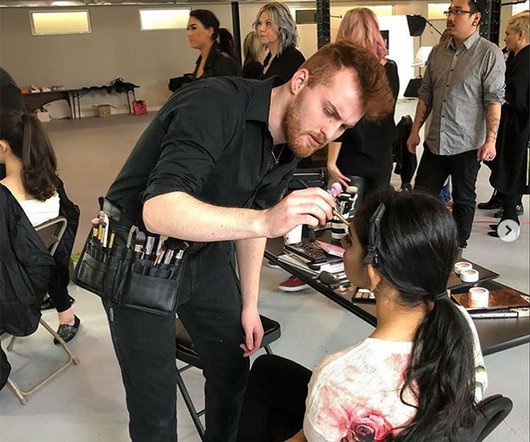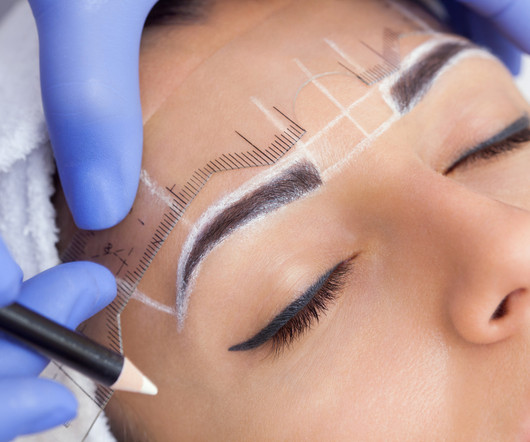VIRTUAL MASTER CLASS: Client Consultation and Skin Analysis
Lydia Sarfati
DECEMBER 10, 2024
Sanitation and Infection Control Best practices for hygiene, sterilization, and safety. Client Consultation and Skin Analysis Skills for assessing and customizing treatments for clients. Ethics and Professionalism Building strong interpersonal and ethical standards. Already A Member?












Let's personalize your content